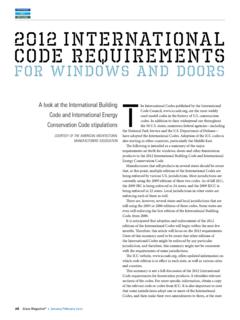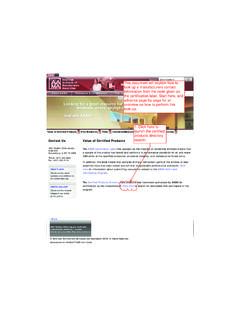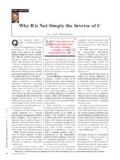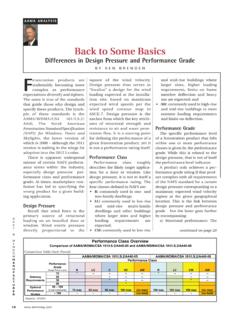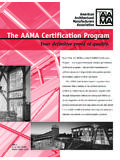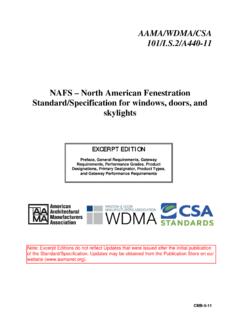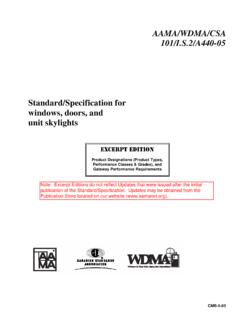Transcription of International Code Requirements for Windows & Doors
1 137 International code Requirements for Windows & DoorsCourtesy of the American Architectural Manufacturers AssociationThe family of International Codes published by the Interna-tional code Council is the most widely used set of model codes in the history of construction codes. In addition to their widespread use throughout the 50 states, numerous federal agencies including the National Park Service and the Department of Defense have also adopted the International Codes. ICC is also starting to be adopted in coun-tries other than the , particularly in the Middle following is intended as a summary of the major Requirements set forth for Windows , Doors and other fenestration products in the 2012 International Residential code , the 2012 International Building code and the 2012 International Energy Conservation code .
2 Manufacturers and dealers that sell products in sev-eral states should be aware, however, that at this point, multiple editions of the International Codes are being enforced by various jurisdictions. Most states and local jurisdictions are currently using the 2009 editions of these codes. According to the ICC website as of fall 2013 the 2009 IRC is being enforced either locally or statewide in 22 states and the 2009 IECC is being enforced either locally or statewide in 32 states. Several states and local jurisdic-tions are still using the 2006 edition of these codes as well. The ICC web-site indicates the 2006 IRC is being enforced either statewide or locally in 11 states. There are even a few states that are still enforcing one of the first two editions of the IRC the 2000 or 2003 and enforcement of the 2012 editions of the International Codes, however, has begun to get traction.
3 According to the ICC web-site, as of fall 2013, the 2012 IRC and the 2012 IECC were being enforced, either statewide or locally, in seven states. Various other states, including Florida and California, are completing their adoption of the 2012 I-codes and are expected to begin enforcing them, with state amendments, in ICC website ( ) offers updated information on which edition of its codes is in effect in each state and various cities and counties around the country. The user of this summary is also cautioned to realize it is not a full discussion of all the Requirements of the 2012 International Codes for fenestration products. Relevant sections of the codes are identified and more specific information can be gained by obtaining a copy of the relevant code or codes from ICC. It is also important to note that some jurisdictions adopt one or more of the International Codes, and then make their own amendments at the state or local level.
4 As a result, many jurisdictions have their own versions of these particular codes. This summary does not attempt to address all of these variations of the base model code . In some cases, these jurisdictional-specific versions of the International Codes can be ob-tained from the ICC. In other cases, the jurisdictional-specific versions must be obtained directly from that particular jurisdiction. Contact infor-mation for ICC and other organiza-tions mentioned in this article can be found in the Association CHANGEST here are several significant changes between the 2009 edition and the 2012 edition of the International Codes that relate to fenestration products. Cumulatively, these chang-es include: An update to the 2011 edition of AAMA/WDMA/CSA 101 NAFS/North American Fenestration Standard/Speci-fication for Windows , Doors , and Skylights, Removal of separate energy conservation provisions for res-idential construction in both the IECC and the IRC Updating to the strength design based wind speed maps of ASCE 7-10 Minimum Design Loads for Buildings and Other Structures for the determina-tion of design wind pressure in the IBC The addition of an exception to the minimum window sill height Requirements for Windows equipped with win-dow opening control devices (WOCDs)
5 In the IRC and IBC, A change in the minimum sill height required for operable Windows in the AND LABELING OF Windows AND Doors Exterior Windows and Doors are covered in Section of the 2012 IBC and Section R612 of the 2012 IRC. These sections require Windows and sliding Doors to be tested and labeled in accordance with AAMA/WDMA/CSA 101 The standard was developed jointly by the American Architectural Manufactur-ers Association, the Window & Door Manufacturers Association and the Canadian Standards Association. (The complete document is available from all three organizations.)The 2011 edition of the standard referenced in the 2012 IBC and IRC represents an update from the previous reference to AAMA/WDMA/CSA 101 in the 2009 IBC, IECC and IRC. As in the 2009 IBC/IRC, the latest edition of the standard applies to Windows and sliding Doors in the 2012 IBC and 2012 IRC.
6 Other types of fenes-tration assemblies not included within the scope of AAMA/WDMA/CSA 101 , including curtain wall and storefront, are also addressed in Section of the 2012 IBC. These assemblies are to be tested to times allowable stress design load in accordance with ASTM E330-02, and the glass is to be designed in accordance with ASTM | Window&Door | 2014 Buying GuideInternational code Requirements for Windows & DoorsExterior swinging Doors can be tested and labeled in accordance with AAMA/WDMA/CSA 101 or tested to times allowable stress design load in accordance with ASTM E330-02. The 2012 IBC also permits garage Doors to be tested to ANSI/DASMA 108-05, in lieu of ASTM 101 contains provisions for some types of exterior swinging Doors . AAMA has also put into place a program to certify these types of products for compliance with this standard.
7 This program depends upon testing of each proposed door assembly, rather than the component-based approach offered by ANSI and skylights are also required to be tested and labeled in accordance with AAMA/WDMA/CSA 101 by both the 2012 IBC and 2012 IRC. Unit skylights are factory manufactured fenestration assemblies intended to be installed in a single roof opening without intermediate framing members. Tubular daylight-ing devices are included within the definition of unit skylights in the 2012 IBC and 2012 IRC. The Requirements for skylights and sloped glazing occur in Section 2405 of the 2012 IBC and of the 2012 IRC. Section permits unit skylights to be evaluated for different positive and negative design pres-sures. This is unique to unit skylights. Skylights are subject to snow load as well as wind and dead load.
8 The combination of these loads will often result in varying required ratings for positive and negative pressures on unit 2012 IBC requires exterior wall cladding systems including curtain wall, storefront and punched openings in high wind areas to be subject to special inspections. The high wind areas are determined by exposure category of the building. If the building is in Exposure Category B (surrounded by low- to mid-rise buildings) then special inspection is required if the Allowable Stress Design wind speed is 120 mph or greater. If the building is in Exposure Category C (open prairies) or D (near large bodies of water) then special inspection is required if the Allowable Stress Design wind speed is 110 mph or inspections, by definition in the IBC, are to be performed by persons who are specifically qualified to inspect the installation in question.
9 They are only required for that part of the system design that requires a registered design professional. So for a punched window opening, the special inspection would be of the structural components predomi-nately the anchorage whose design must be conducted by a registered design LOADSP rovisions for design loads are set forth in Section R301 of the 2012 IRC and Chapter 16 of the 2012 IBC. The design loads of concern for vertical glazing are design wind load and im-pact resistance. Skylights and sloped glazing are also subject to snow load and dead Loads Tables (2) and (3) of the 2012 IRC give the design wind loads for glazed open-ings, based on the design wind speed of the specific location where con-struction is to take place, the mean height of the building and its expo-sure. These tables are based on the Allowable Stress Design wind speeds given in the 2012 IRC.
10 There are significant changes to the design wind load Requirements for fenestration between the 2009 IBC and the 2012 IBC. These are due to significant changes to the wind load provision of the ASCE 7 standard between the 2005 and 2010 editions. For the most part, however, these changes were not brought forth for the 2012 design wind load provisions of the 2005 and earlier editions of ASCE 7 were based upon Allowable Stress Design of building components. The intent of this method was to provide loads to which the building compo-nents had a fairly high likelihood of being exposed during the service life of the building. The building compo-nents were then designed to remain serviceable ( not require replace-ment) when subjected to that 2010 edition of ASCE 7 pro-vides design wind load provisions that are based upon Strength Design of building components.
